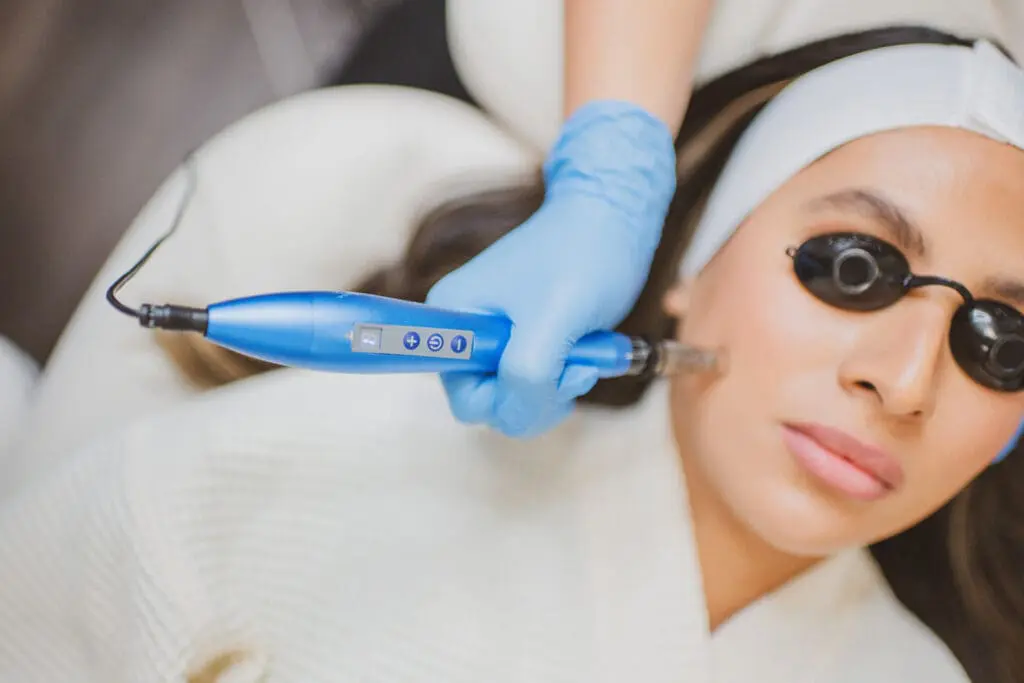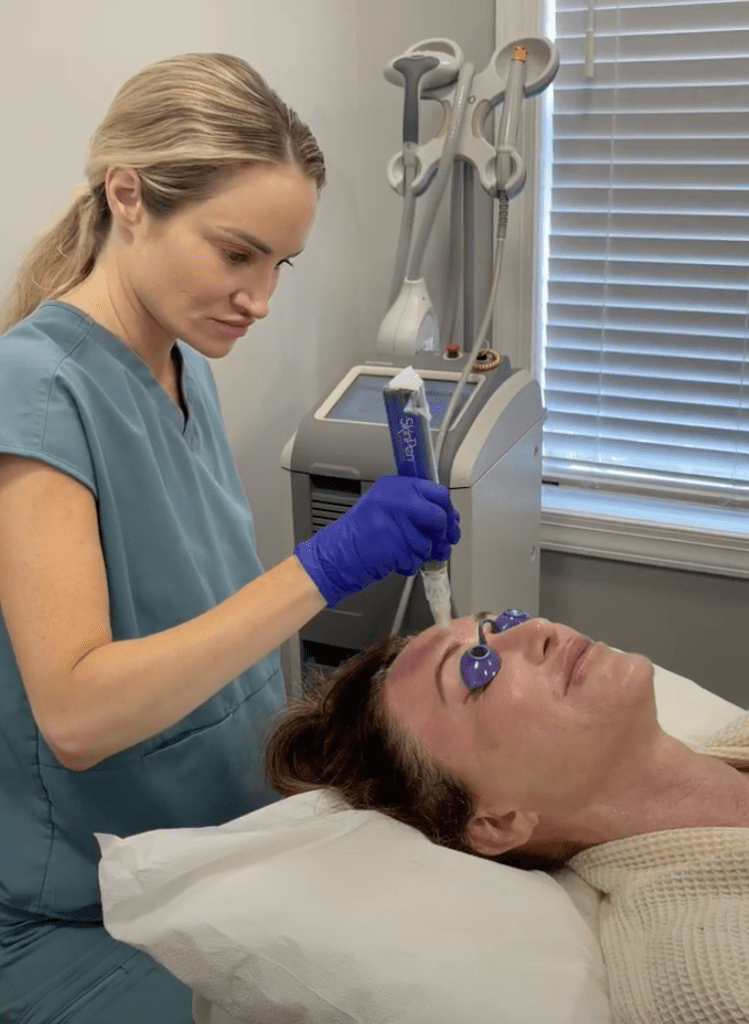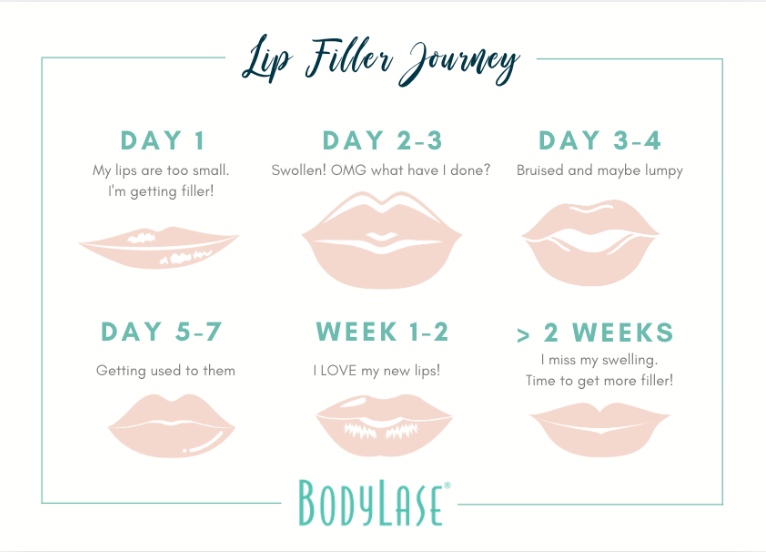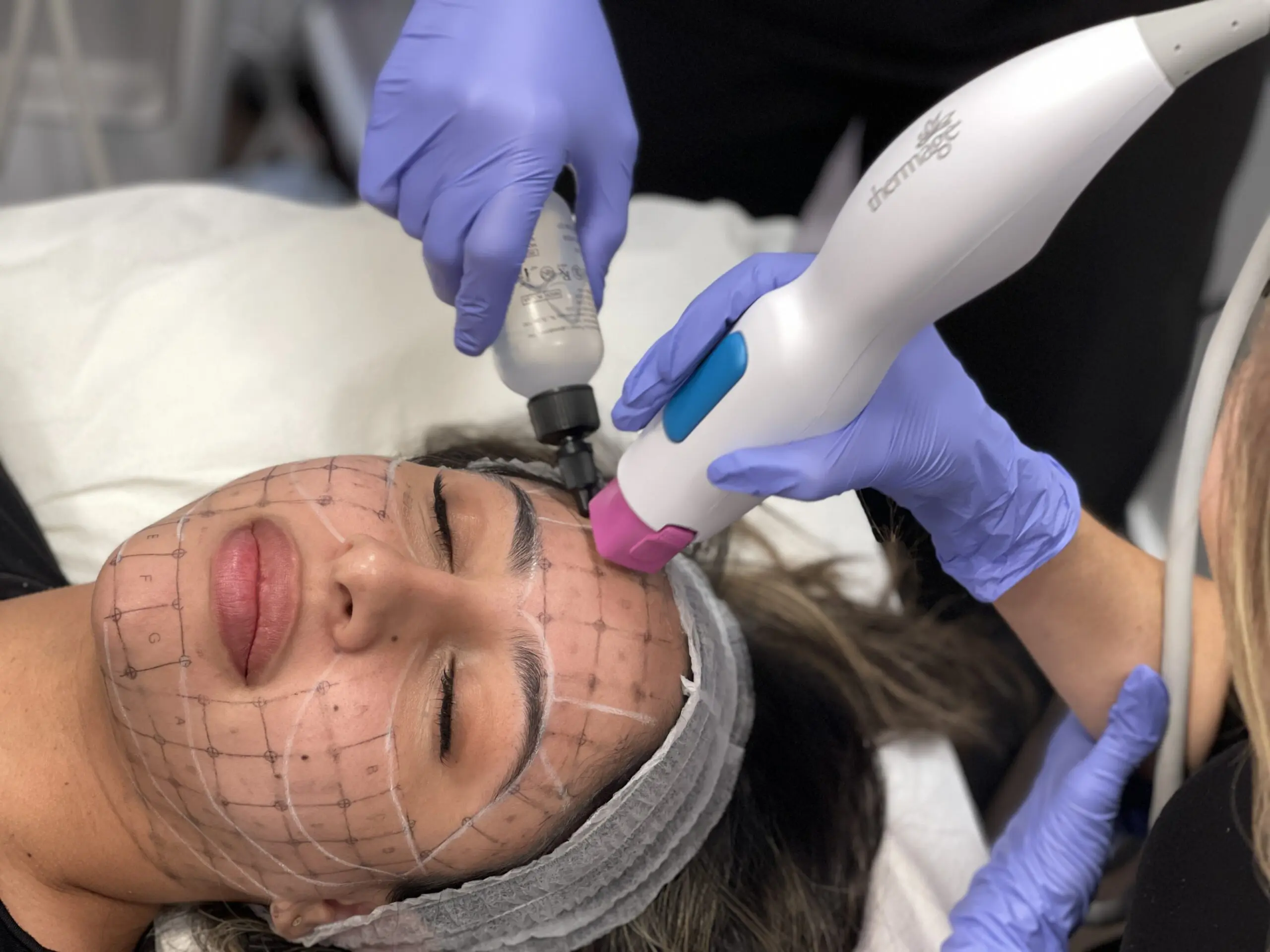Of the many popular cosmetic treatments growing traction, microneedling has risen in popularity. Microneedling is a versatile skin treatment for various skin concerns. It creates tiny, controlled injury to the skin and then harnesses the body’s natural healing process, plus your own platelets, to improve the skin. This treatment is safe for all skin types and the recovery is fairly quick.
With convenient med spa locations, BodyLase is happy to offer microneedling for customers looking to treat a variety of skin concerns. BodyLase is here to provide a comprehensive guide to popular cosmetic treatments to help you better understand what microneedling is all about.

What is Microneedling?
Microneedling is a cosmetic procedure that involves puncturing the skin with tiny, sterilized needles to induce collagen production. The small punctures made by the needles trigger your body to produce both collagen and elastin encouraging skin to naturally repair itself through dermal remodeling.
Microneedling can be used to treat acne scarring, stretch marks, surgical scars, enlarged pores, sun damage, burns, and wrinkles. The treatment also has minimal downtime, making it an excellent choice for a variety of concerns.
What is PRP?
During the microneedling procedure, PRP can also be used. But what is PRP?
PRP stands for “Platelet Rich Plasma” and is used as a therapy that infuses concentrated platelets harvested from the patient’s blood. This helps accelerate healing where it’s applied. Depending on the desired outcomes, PRP can be applied between rounds of microneedling or after..
PRP contains plasma and platelets. Platelets are essential for healing and contain growth factors that stimulate cell reproduction and tissue regeneration. PRP infusions are safe and can be used in a variety of different procedures. Because PRP can increase collagen and elastin production deep in the skin, it’s a great addition to microneedling.
Microneedling with PRP Benefits
Receiving a microneedling procedure with PRP comes with several noteworthy benefits. One benefit is that PRP further enhances collagen and elastin production deep in the skin. Microneedling with PRP also effectively treats a wide range of skin concerns such as:
- Acne scars
- Surgical scars
- Wrinkles and fine lines
- Hyperpigmentation
- Sun damage
- Large pores
- Uneven skin texture irregularities
- Helps decrease the appearance of stretch marks

With all of these benefits in mind, the overall addition of PRP to microneedling provides better results compared to microneedling by itself.
Candidates for PRP Microneedling
You’re probably wondering if you’re a good candidate for PRP microneedling. Thankfully, microneedling is safe for all skin tones and types. Microneedling does not cause heat-induced skin damage, which can sometimes happen with laser technology treatments, and doesn’t affect the skin’s pigment. The treatment requires minimal recovery time.
The microneedling treatment with PRP is not recommended for patients with the following conditions:
- Hepatitis C
- HIV or AIDS
- Any type of blood cancer, or skin cancer in the area to be treated
- Patients who have used Accutane in the previous months
- Those with wounds or infections
- Those who have undergone radiation in the past year
- Patients who are pregnant or breastfeeding
Microneedling With PRP Before and After
For those interested in microneedling with PRP, seeing previous before and after photos is an important factor before committing to the treatment.
How to Prepare for Microneedling with PRP
When you schedule your microneedling procedure, you’ll have to keep a couple of things in mind. Before the procedure, you must avoid any excessive sun exposure or tanning. You’ll also want to stop using skin care products containing retinoids, glycolic acid, and salicylic acid. Then, you’ll need to notify your provider of any use of blood-thinning medications and if you’ve ever had a cold sore that was diagnosed as Herpes Simplex.
On the day of treatment, your provider will numb the area before the procedure to help with discomfort. Once the procedure has been completed, which takes 30 to 45 minutes, your provider might apply a serum to help soothe any redness or irritation.
For post-treatment, normal activities can be resumed after 24 hours. It is strictly prohibited to avoid any sun exposure, tanning beds, swimming, steam, and harsh exfoliative treatments for one to two weeks. A post-procedure regimen will be provided and this should be followed for the first four to five days.
It is common to expect mild swelling, redness, and some bruising for the first three to five days after treatment. The addition of PRP will speed up the healing process.
PRP Microneedling Results
So, when can you expect results? The body is going to take some time to heal and produce collagen, this takes a few weeks. Minor improvements may be seen in two to three weeks, and results in pigmentation and texture improvement are seen around four to six weeks.
Depending on the skin condition and the extent of treatment, two or three treatments may be necessary to improve skin texture. Multiple treatments are done weeks apart to allow the skin to heal.
Think you’d be a great candidate? Let’s chat about it!


